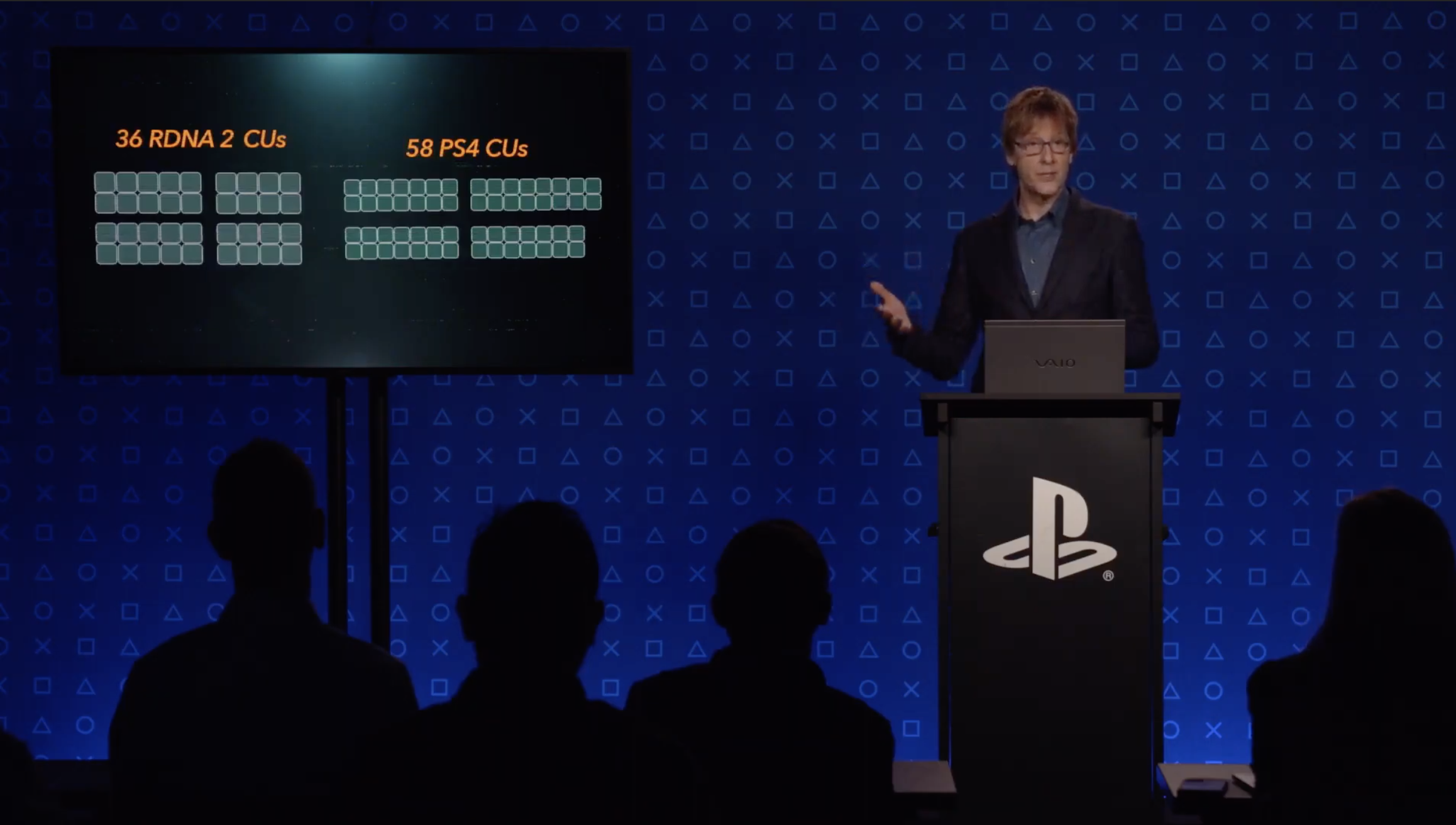PS5 video reveals just how powerful Sony's console is
The PS5's lead architect goes into detail about the console's CPU, SSD and and 3D audio

The man in charge of the PS5 has done another deep dive into the system's key hardware areas, showing off the console's power in an unbelievable amount of detail.
In an interview with Digital Foundry (embedded below), Mark Cerny, lead system architect for the PS5, went into more technical detail on how the new Sony console will offer a next-gen gaming experience. This builds off of the recent Road to PS5 presentation he made via livestream in March.
- PS5: Release date, price, specs, games and more
- All of the PS5 games we know about so far
- BREAKING: iPhone 12 secret weapon just revealed
Cerny provided more detail on the boost mode on the PS5's CPU, which supposedly the secret weapon that could make up for the teraflop difference between Sony's console and the Xbox Series X. Since boost clocks often mean performance will be inconsistent between one console and another, Cerny explained how the PS5 uses a complex algorithm that takes in more than just temperature data in order to make sure output will be consistent across all PS5 consoles.
Both the PS5's CPU and GPU will run at or near their maximum frequency, as revealed by Cerny in the Road to PS5 talk. This means that the variable instead is power usage, allowing the PS5 to run cooler and more efficiently, while making sure that game developers can count on performance when it's needed.
The SSD is designed to access data in a different way to an average solid-state drive, which should mean faster loading speeds. Theoretically, loading of a certain in-game element can begin just one or two frames after the game requests the data, rather than 250 milliseconds like it does on a normal HDD. This means that games can be redesigned without hidden loading areas (e.g. a narrow path leading between two different detailed environments) as Cerny mentioned in his original talk.
It also means that less data has to be kept in the system's RAM, meaning there's more space for it to perform other tasks. This feature also allows game file sizes to be smaller, since the PS5 can rely on accessing a certain piece of data rapidly at any time, rather than needing it duplicated.
3D audio, and the Tempest engine that helps run it, was another major part of Cerny's presentation, and is expanded upon in the Digital Foundry piece. Using hundreds of virtual sound sources, the system doesn't require special hardware, so you can make the most of it with your existing audio setup. It can be tuned individually too, based on the shape of your head and ears, so the audio can be as immersive as possible for each individual user.
Sign up to get the BEST of Tom's Guide direct to your inbox.
Get instant access to breaking news, the hottest reviews, great deals and helpful tips.
3D audio won't be available to everyone at launch, due to the incalculable variety of potential audio systems that users might own. But Cerny says the basics are in place and are currently being optimized. Happily, headphone users should be catered for when the PS5 launches around November, the same time as the Xbox Series X.
This is all very interesting, but there is a noticeable problem here: Sony's continued focus on wooing developers with highly specific information, rather than the blunter messaging of the Xbox Series X aimed at a more general audience. Sony already has an advantage in the market since there are more PS4s out in the world than Xbox Ones, but it could really do with a more accessible announcement event for the PS5 that reveals the games and features

Richard is based in London, covering news, reviews and how-tos for phones, tablets, gaming, and whatever else people need advice on. Following on from his MA in Magazine Journalism at the University of Sheffield, he's also written for WIRED U.K., The Register and Creative Bloq. When not at work, he's likely thinking about how to brew the perfect cup of specialty coffee.
